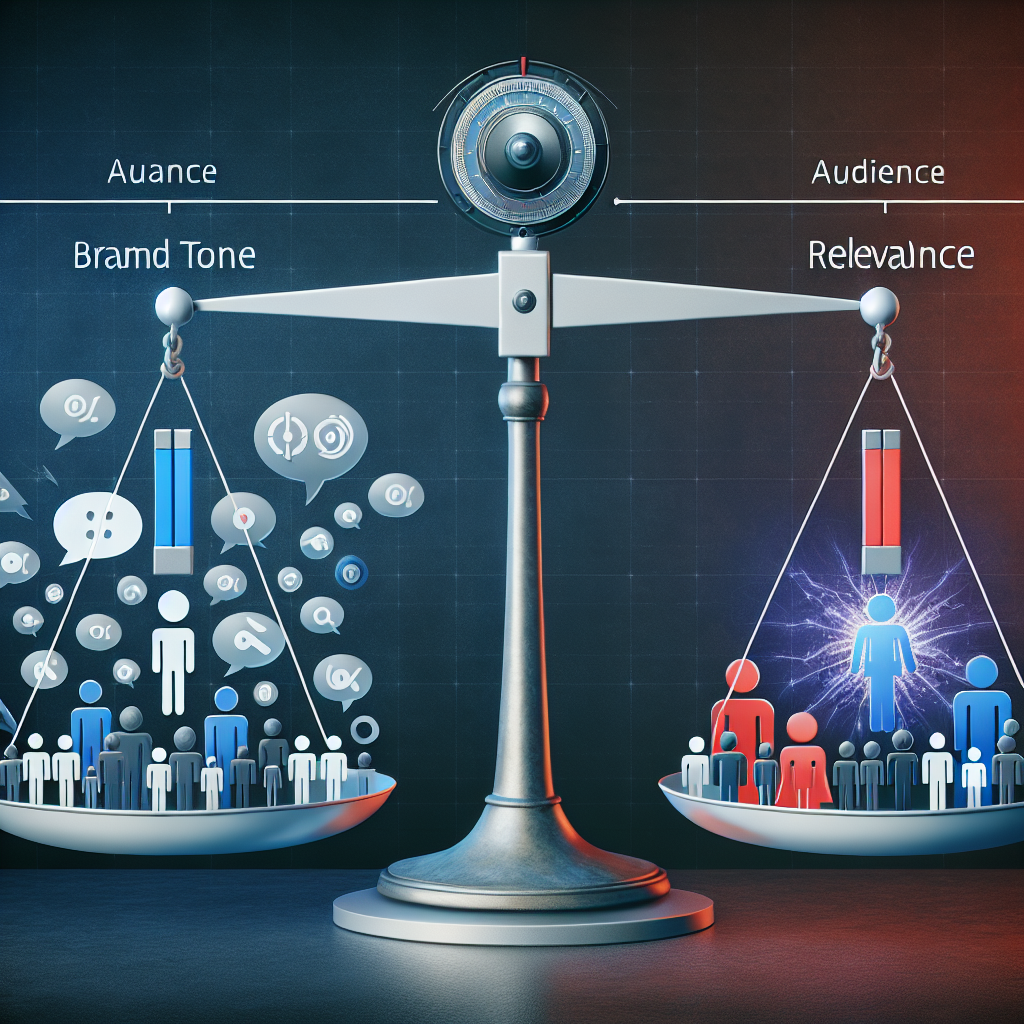Understanding Crisis Forecasting in PR
Public relations (PR) professionals constantly navigate a dynamic media landscape, where reputational risks can emerge quickly from unexpected corners — a viral social media post, a product recall, or a public controversy. Crisis forecasting is the proactive practice of identifying and mitigating these potential issues before they escalate. Traditionally reliant on human insight and media monitoring, the process has undergone a transformative change with the advent of artificial intelligence (AI).
The Role of AI in Predictive Communications
AI brings unprecedented potential to PR by enhancing crisis forecasting through automation, pattern recognition, and predictive analytics. These capabilities empower organizations to foresee crises long before they fully materialize.
Machine learning models can analyze vast data sets — including news articles, social media posts, internal communications, and customer reviews — to detect early warning signs of reputational issues. Natural language processing (NLP) helps decipher sentiment trends and identify emotionally charged or potentially damaging language that could signal a brewing crisis.
Early Detection Through Social Listening
AI-powered social listening tools scour online platforms in real-time, flagging spikes in negative sentiment or unusual conversation patterns that may indicate dissatisfaction or controversy. These tools leverage sentiment analysis, keyword tracking, and influencer identification to sound the alarm before issues catch public attention.
For example, if an AI system notices a steady uptick in frustrated customer tweets regarding a company’s product, it can alert the PR team to investigate, assess the risk, and engage proactively.
Creating Real-Time Response Models
AI doesn’t just help with forecasting — it aids in responding effectively. Advanced systems can recommend crisis communication templates, propose messaging based on audience sentiment, and simulate outcomes based on various response strategies.
This capability allows PR teams to model possible scenarios using predictive algorithms and generate optimal strategies that mitigate reputational damage. AI tools can also tailor messages for different audience segments, increasing the likelihood of a positive reception.
Enhancing Media Relations & Monitoring
Monitoring press coverage in real time is crucial during any emerging crisis. AI tools can identify changes in media tone, track the spread of narratives, and even detect coordinated misinformation campaigns.
Additionally, AI can help pinpoint key media influencers or journalists who are discussing the brand. This allows PR professionals to engage quickly and ensure that accurate information is reaching the right channels.
Challenges and Ethical Considerations
Using AI in PR comes with its challenges. Algorithms must be trained on diverse and representative datasets to avoid bias. Moreover, ethical considerations regarding privacy, data usage, and autonomous decision-making should be rigorously addressed.
PR teams must balance technological efficiency with the human touch, particularly in sensitive situations where empathy and cultural nuance are essential.
A Future of Proactive Reputation Management
As AI continues to evolve, its integration into PR crisis forecasting will enable more precise, data-driven decision-making. With the right tools and a strategic approach, communicators can shift from reactive crisis management to proactive reputation safeguarding.
Harnessing AI for crisis forecasting represents more than a trend — it’s a paradigm shift in how organizations protect their brand, build trust, and stay resilient in an unpredictable world.







